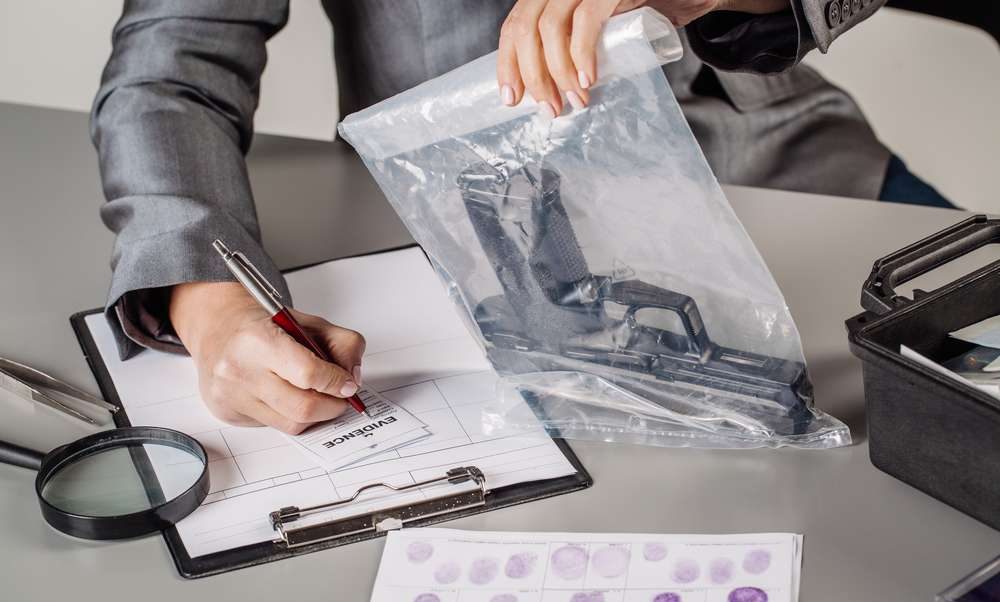DNA evidence makes or breaks a criminal case. Advances in DNA testing have allowed investigators to identify suspects by matching tiny samples of biological evidence found at crime scenes to known profiles in DNA databases. While DNA evidence is extremely persuasive to juries, criminal defense lawyers have developed various strategies to cast doubt on DNA matches and exclude DNA evidence from trials.
DNA testing methods
There are two main types of DNA testing used in criminal investigations – PCR-STR analysis examines specific regions of DNA and produces a genetic profile, while Y-STR analysis looks at DNA found only on the male Y chromosome. Both methods require very small sample sizes, sometimes just a few cells, making DNA evidence highly sensitive. However, the sensitivity also makes DNA evidence vulnerable to contamination which compromises test results.
Challenging DNA samples
A common defense strategy is challenging the DNA sample itself. Was it properly collected and stored to avoid degradation or contamination? Is there a definitive link between the sample and the crime scene? Were appropriate protocols followed when transporting and analyzing the sample in the lab? Any breaks in the chain of custody or improper handling make a sample’s integrity questionable. The quality of the DNA sample also affects testing accuracy. Mixed samples from multiple sources are difficult to interpret, as are samples with small amounts of genetic material which lead to incomplete profiles. When multiple samples are combined or handled incorrectly, cross-contamination occurs. Brampton local criminal lawyers will scrutinize the sample’s quality to identify faults in the testing process.
Questioning DNA statistical weights
Another avenue of attack against DNA evidence is the statistical weight assigned to results. DNA analysts use statistical models to calculate the rarity of a specific profile in a given population and express the random match probability as 1 in 100 billion odds. Defense lawyers may challenge the statistical assumptions behind these impressively tiny odds, questioning their accuracy and relevance to the defendant. Attorneys may point out that statistical weights are calculated using general population databases which do not account for ethnic variations in DNA. It makes DNA seem more incriminating than it is for defendants from smaller ethnic subgroups. Lawyers may counter tiny random match probabilities with their experts performing alternate statistical analyses to cast doubt.
Exclusion of DNA evidence
In some cases, defense attorneys may push for the exclusion of DNA evidence. It occurs when improperly handled samples call into question the reliability of results, or when DNA evidence lacks relevance to the specific case. For example, trace DNA transferred inadvertently or picked up casually long before the crime offers little probative value. Lawyers have succeeded in barring such DNA evidence from the court when its ability to link the defendant to the crime is tenuous. Defense attorneys may also exclude DNA evidence when errors in procedure violate the defendant’s constitutional rights. The O.J. Simpson defense team famously argued that sloppy evidence collection practices by LAPD detectives compromised the DNA evidence against their client. Aggressive challenges against constitutional violations provide another avenue for excluding DNA from criminal trials.



